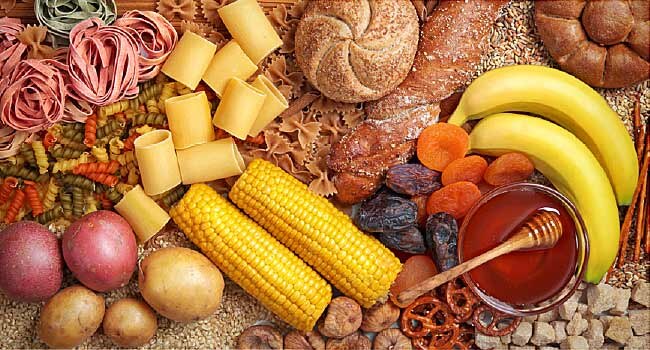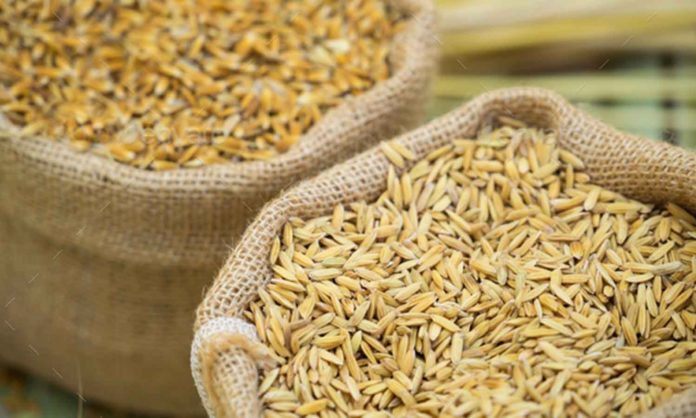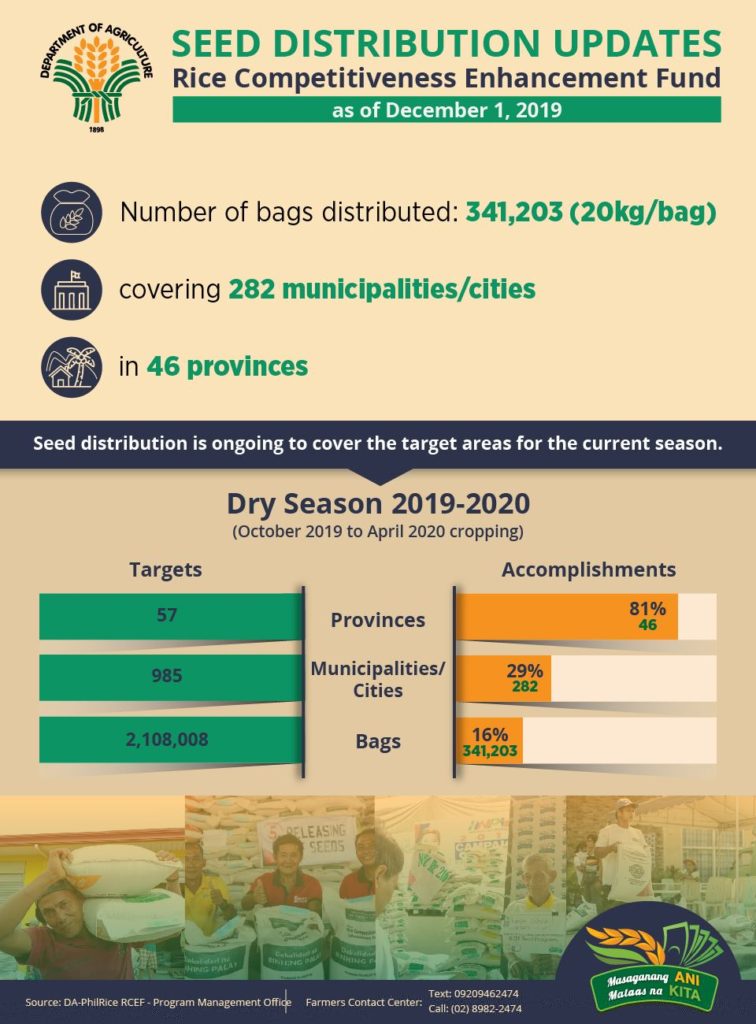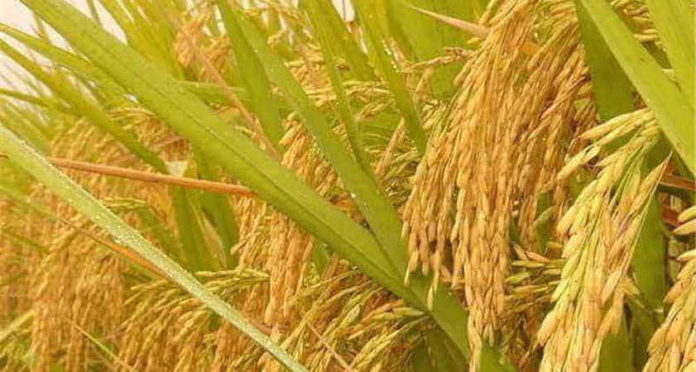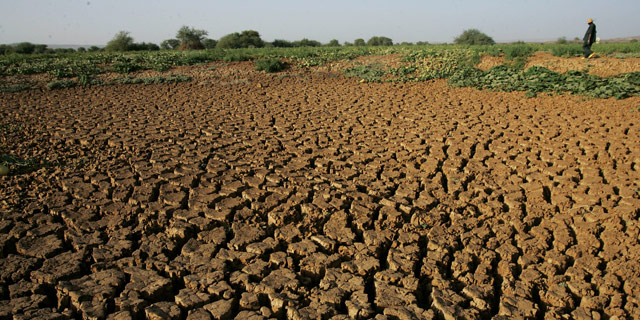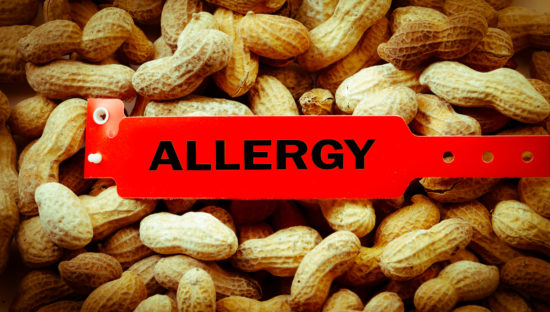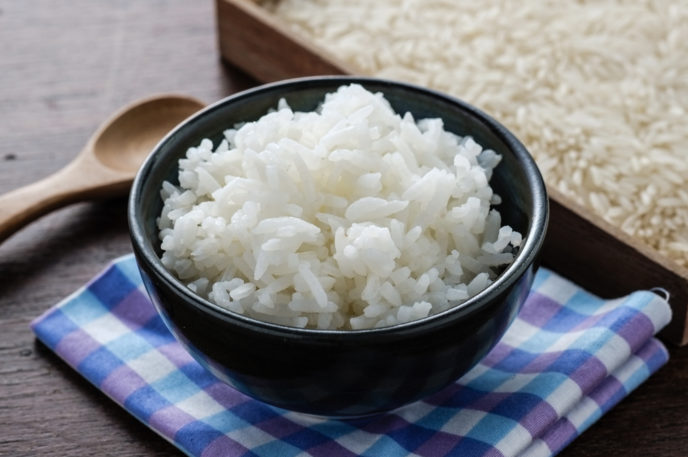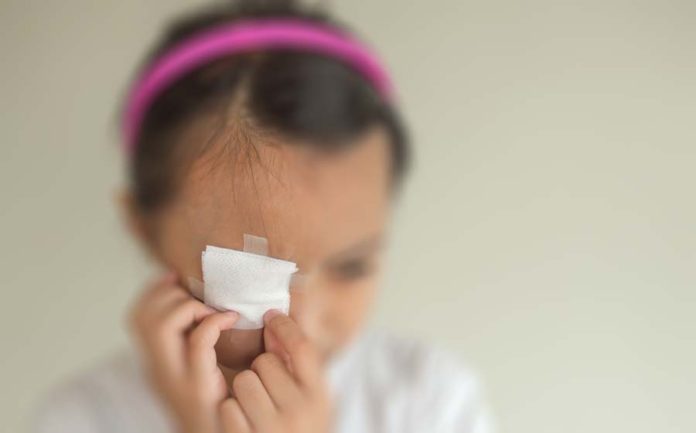Table of Contents
Thirty percent (30%) of adults experience insomnia. High carbs diet are to be blame, study found
Insomnia is often treated with cognitive behavioral therapy or related medications, but these can be expensive and sometimes carry side effects. With this in mind, researchers of Columbia University Vagelos College of Physicians and Surgeons seek to identify other factors that may lead to insomnia. To possibly identify a straight-forward solution, low cost intervention with no side effects. Researcher studied the link between high carbs diet and insomnia.
Previous studies have explored a possible link between High carbs diet and insomnia, but results have not been consistent. This is because they didn’t follow individuals over time. It was not clear therefore if ones’ diet that is high in refined carbohydrates triggered the onset of insomnia, or if insomnia caused individuals to eat more sweets.
One way to determine if high carbs diet is causing sleep problems is to look for the emergence of insomnia in people with different diets.
In this current study, the researchers gathered data from more than 50,000 participants in the Women’s Health Initiative who had completed food diaries. The researchers looked at whether women with higher dietary glycemic index were more likely to develop insomnia.
The result is straight forward. Study found that postmenopausal women who consumed a diet high in refined carbohydrates—particularly added sugars—were more likely to develop insomnia.
However, women whose diet included higher amounts of vegetables, fiber, and whole fruit (not juice) were less likely to develop problems with insomnia.
All carbohydrates aren’t created equal
Different kinds and amounts of carbohydrates increase blood sugar levels to varying degrees. Highly refined carbohydrates—such as added sugars, white bread, white rice, and soda—have a higher glycemic index, and cause a more rapid increase in blood sugar.
“When blood sugar is raised quickly, your body reacts by releasing insulin, and the resulting drop in blood sugar can lead to the release of hormones such as adrenaline and cortisol, which can interfere with sleep,” says researcher James Gangwisch, assistant professor at Columbia University Vagelos College of Physicians and Surgeons.
With that, the researchers assumed that the rapid spikes and troughs in blood sugar after eating refined carbohydrates may trigger insomnia.
High carbs diet triggers insomnia
They found that the higher the dietary glycemic index—particularly when fueled by the consumption of added sugars and processed grains—the greater the risk of developing insomnia. The study also discovered that women who consumed more vegetables and whole fruits (not juices) were less likely to develop insomnia.
Also read: Calabash fruit could be a cure for diabetic patients?
“Whole fruits contain sugar, but the fiber in them slow the rate of absorption to help prevent spikes in blood sugar,” says Gangwisch. “This suggests that the dietary culprit triggering the women’s insomnia was the highly processed foods that contain larger amounts of refined sugars that aren’t found naturally in food.”
Since most people, not just postmenopausal women, experience a rapid rise in blood sugar after eating refined carbohydrates, the authors suspect that these findings may also hold true in a broader population.
“Based on our findings, we would need randomized clinical trials to determine if a dietary intervention, focused on increasing the consumption of whole foods and complex carbohydrates, could be used to prevent and treat insomnia,” says Gangwisch.
This study “High glycemic index and glycemic load diets as risk factors for insomnia: Analyses from the Women’s Health Initiative,” is conducted by Lauren Hale (Stony Brook University, NY), Marie-Pierre St-Onge (Columbia University Irving Medical Center, New York, NY), Lydia Choi (Wayne State University, Detroit, MI), Erin S. LeBlanc (Kaiser Permanente NW, Portland, OR), Dolores Malaspina (Icahn School of Medicine at Mount Sinai, New York, NY), Mark G. Opler (NYU Langone Medical Center, New York, NY), Aladdin H. Shadyab (University of California San Diego), James M. Shikany (University of Alabama at Birmingham), Linda Snetselaar (University of Iowa, Iowa City, IA), Oleg Zaslavsky (University of Washington, Seattle, WA), and Dorothy Lane (Stony Brook). The result of the study is published at The American Journal of Clinical Nutrition.


